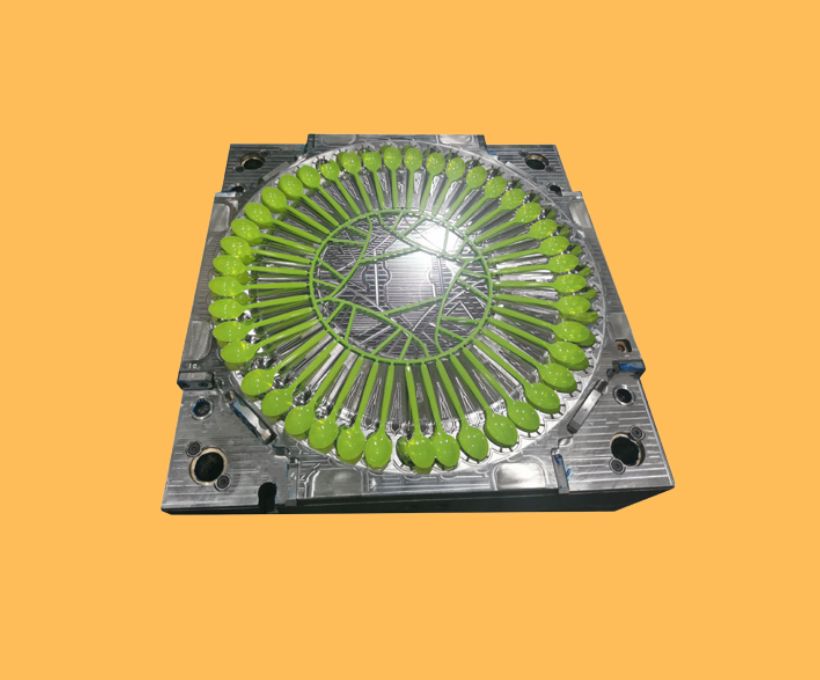Address
304 North Cardinal
St. Dorchester Center, MA 02124
Work Hours
Monday to Friday: 7AM - 7PM
Weekend: 10AM - 5PM
Address
304 North Cardinal
St. Dorchester Center, MA 02124
Work Hours
Monday to Friday: 7AM - 7PM
Weekend: 10AM - 5PM

Steps in the Injection Moulding Process
Outline
I. Introduction
II. Steps in the Injection Moulding Process
A. Clamping
B. Injection
C. Cooling
D. Ejection
III. Conclusion
Details
I. Introduction
Injection moulding is a manufacturing process used to produce plastic parts. It involves melting plastic pellets and injecting them into a mould at high pressure. The mould is then cooled and the plastic part is ejected. The process is used to create a wide variety of products from medical devices to toys.
II. Steps in the Injection Moulding Process
A. Clamping: The first step in the injection moulding process is clamping. This is when the two halves of the mould are clamped together to form the cavity. This is done using a hydraulic or mechanical clamping system.
B. Injection: The next step is the injection of the melted plastic into the mould. This is done using an injection moulding machine. The plastic is heated and then injected into the mould at high pressure.
C. Cooling: Once the plastic has been injected into the mould, it needs to be cooled. This is done using water or air to cool the mould.
D. Ejection: The final step in the injection moulding process is ejection. This is when the plastic part is ejected from the mould. This is done using a hydraulic or mechanical ejector system.
III. Conclusion
Injection moulding is a complex process that requires precise timing and control. It is used to create a wide variety of products from medical devices to toys. The process involves several steps, from clamping to injection to cooling to ejection. Understanding the process can help ensure the success of any injection moulding project.
Write more about
A. Clamping
B. Injection
C. Cooling
D. Ejection
III. Conclusion
A. Clamping: The clamping process is the first step in the injection moulding process. This is when the two halves of the mould are clamped together to form the cavity. This is done using a hydraulic or mechanical clamping system. The clamping pressure must be precise in order to ensure the mould is properly sealed and that the plastic is evenly distributed throughout the mould.
B. Injection: The next step is the injection of the melted plastic into the mould. This is done using an injection moulding machine. The plastic is heated and then injected into the mould at high pressure. The pressure must be precise in order to ensure the plastic is evenly distributed throughout the mould.
C. Cooling: Once the plastic has been injected into the mould, it needs to be cooled. This is done using water or air to cool the mould. The cooling process is important as it helps the plastic to harden and take shape.
D. Ejection: The final step in the injection moulding process is ejection. This is when the plastic part is ejected from the mould. This is done using a hydraulic or mechanical ejector system. The ejection process must be precise in order to ensure the plastic part is not damaged during the ejection process.
III. Conclusion
Injection moulding is a complex process that requires precise timing and control. It is used to create a wide variety of products from medical devices to toys. The process involves several steps, from clamping to injection to cooling to ejection. Understanding the process can help ensure the success of any injection moulding project.